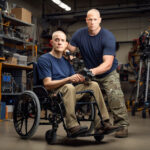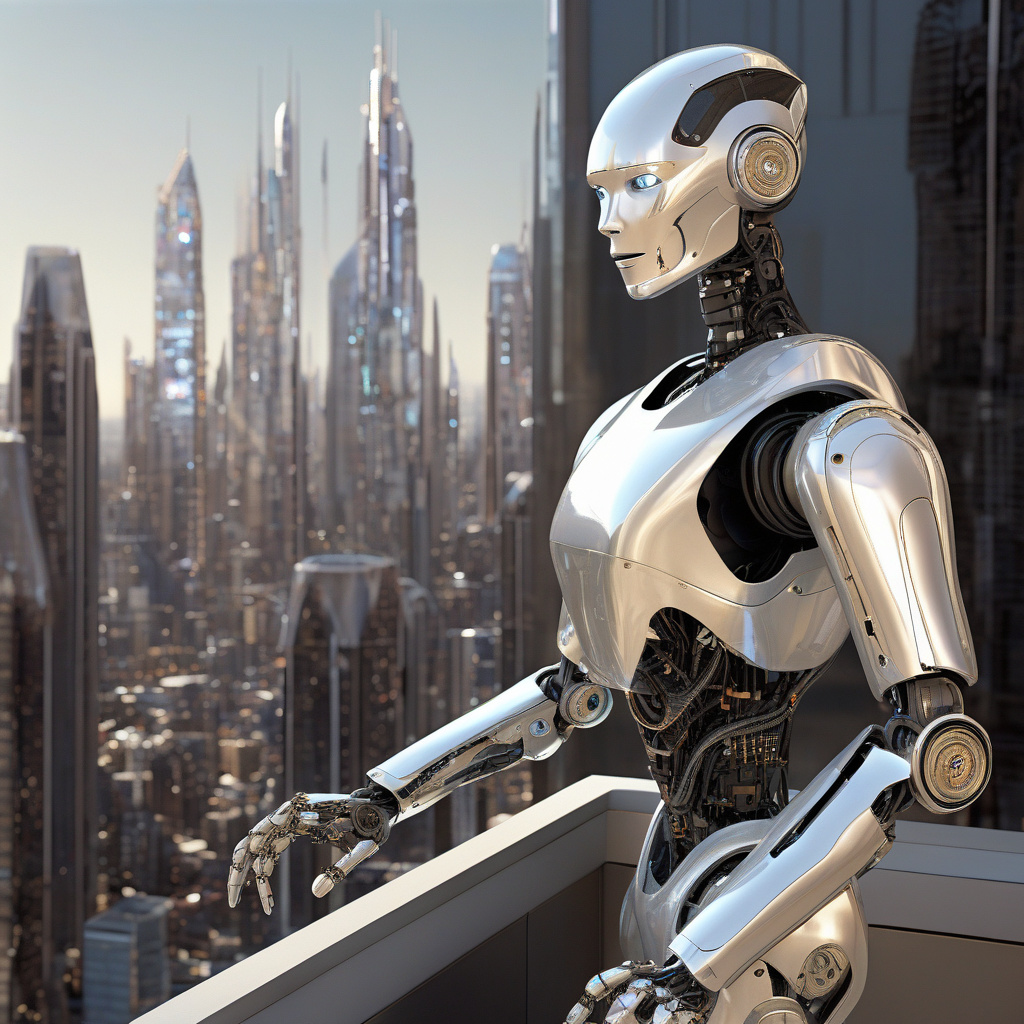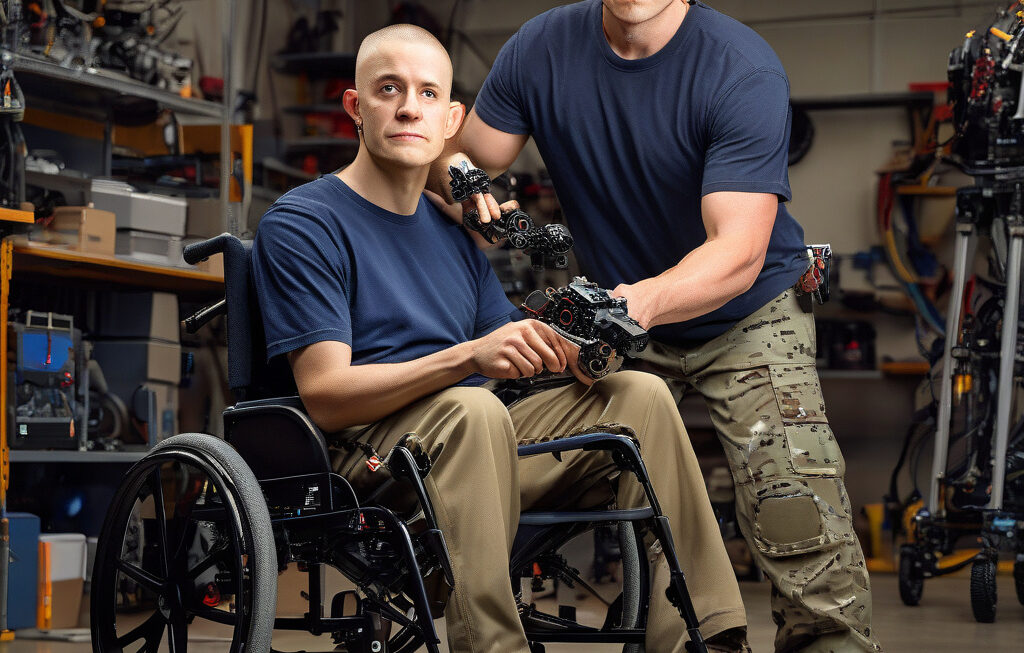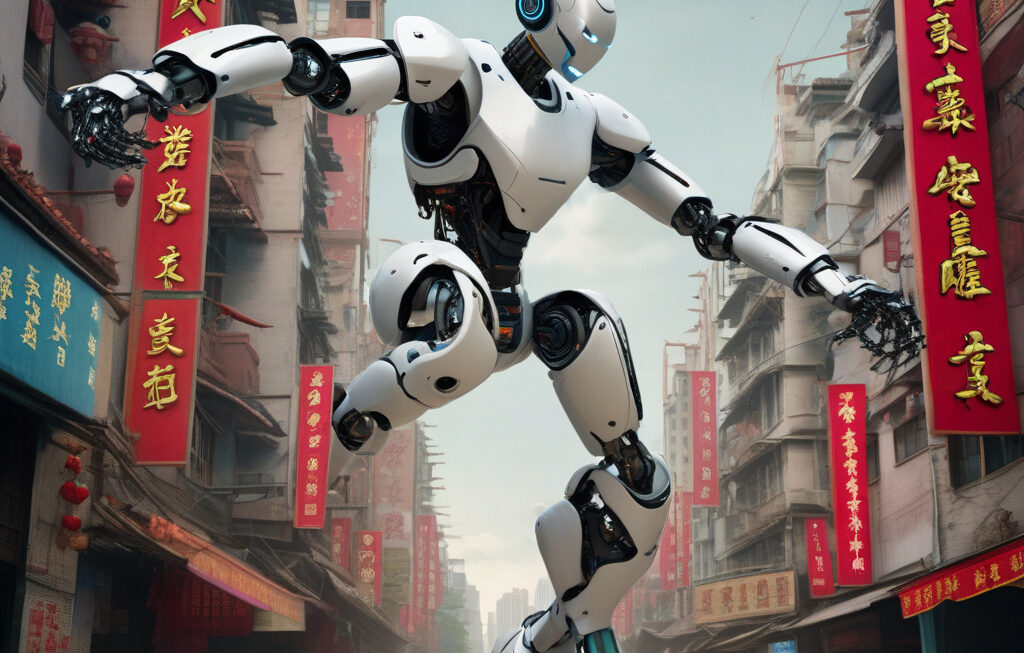Video: World’s first humanoid robot deploys drone that drives and flies from its back
The California Institute of Technology, also known as Caltech, has introduced the ‘world’s first’ multi-robot system featuring a humanoid robot equipped with a drone that can both drive and fly. This groundbreaking innovation showcases the remarkable progress being made in the field of robotics and autonomous systems.
The humanoid robot, developed by researchers at Caltech’s Center for Autonomous Systems and Technologies (CAST), is capable of deploying a drone from its back. The drone, which is equipped with wheels, can drive on the ground before taking off and flying through the air. This seamless transition from driving to flying represents a significant advancement in robotic capabilities.
One of the key features of this multi-robot system is its ability to operate in complex, unstructured environments. By combining the strengths of both ground-based robots and aerial drones, this system can effectively navigate diverse terrains and overcome obstacles that would be challenging for a single robot to handle alone.
In addition to its mobility, the humanoid robot and drone system also demonstrates advanced coordination and communication capabilities. The two robots are able to work together to accomplish tasks such as exploring unknown environments, mapping terrain, and conducting search and rescue missions. This collaborative approach highlights the potential for multi-robot systems to revolutionize various industries, including disaster response, construction, and agriculture.
The development of this humanoid robot and drone system represents a significant milestone in the field of robotics. By combining the agility and versatility of a humanoid robot with the aerial capabilities of a drone, researchers at Caltech have created a truly innovative and cutting-edge technology.
As we look to the future, the potential applications of this multi-robot system are vast. From assisting with dangerous tasks in hazardous environments to enhancing productivity in industrial settings, the versatility and adaptability of these robots hold great promise. The integration of artificial intelligence and machine learning algorithms further enhances the capabilities of these robots, enabling them to learn from their experiences and continuously improve their performance.
In conclusion, the introduction of the world’s first humanoid robot deploying a drone that can drive and fly from its back represents a significant leap forward in robotics technology. The collaboration between ground-based robots and aerial drones opens up new possibilities for autonomous systems and paves the way for exciting advancements in various industries. With continued research and innovation, we can expect to see even more sophisticated and capable multi-robot systems in the near future.
#Robotics #Innovation #AutonomousSystems #Caltech #FutureTechnology












